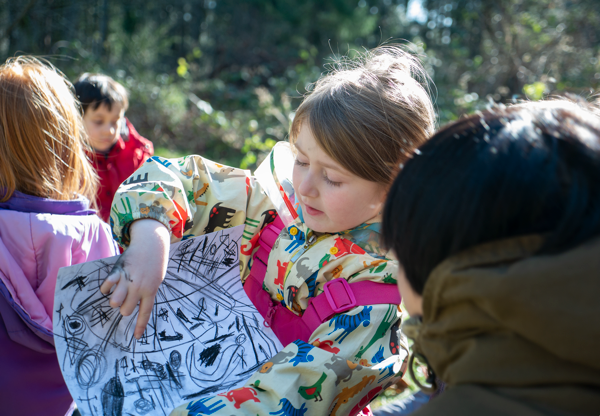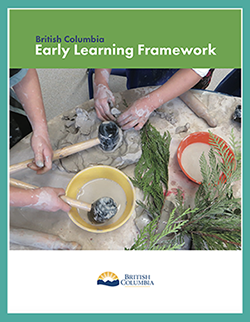
Module 5: Living Inquiries – Communication and Literacies
Multiple Modes of Communication
Educators listen to, honor, and encourage the incredible range of expressive languages children use to communicate.
Critically Reflective Questions
- How do adults accept and honour all children’s expressions of fear, joy, happiness sadness, and disgust?
- For example, infants, toddlers, and children with diverse abilities
- Think about children as they engage in movement, dance, construction, drama, play, art, mathematics, science, music, storytelling, etc.
- How are these modes of communication?
- How are they modes of expression?
- In what other ways do children communicate?
- Do children have opportunities to communicate in various modes? How could these be encouraged or extended?
- How could I create space, time, and materials for children to communicate in all these modes?
- Consider intentionally listening to all modes of expression
- What could my colleagues and I discuss about this?
Case Study: Multiple modes of communication
In a Grade 3 classroom, the children put on a puppet show inspired by the story of Charlotte’s Web. They make the puppets from paper, popsicle sticks, and other materials. Each child chooses a puppet character, and they act out the story with their puppets. The children are not just reading the story, they become the characters and get involved in the story. With parent’s consent, the educators record the puppet show and present the video to all the families during an “Open House.”
Reflective Question
In your practice, how might the children engage in multiple modes of communication or expression?

